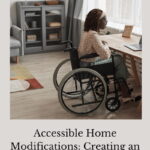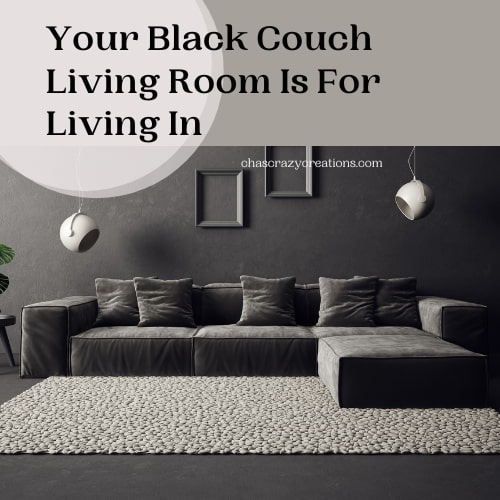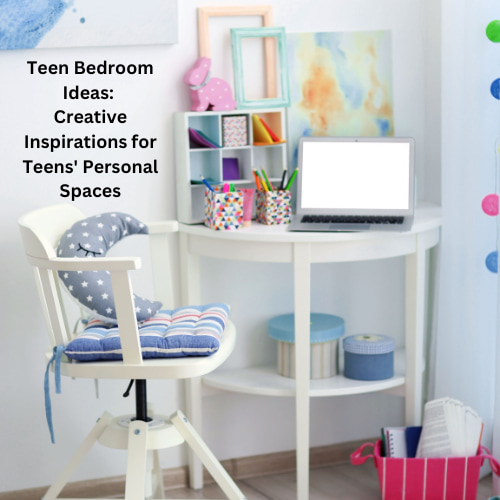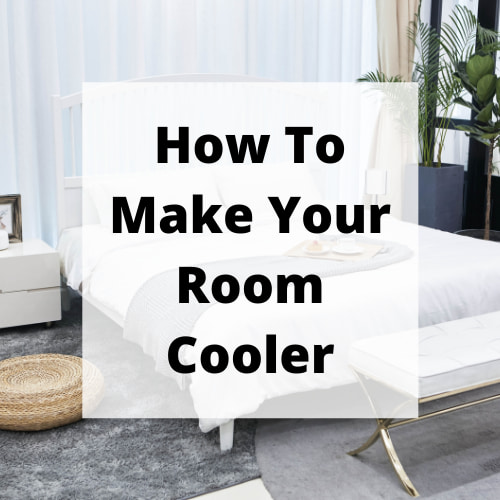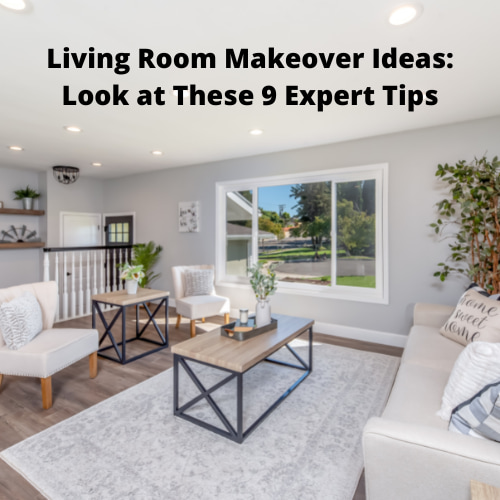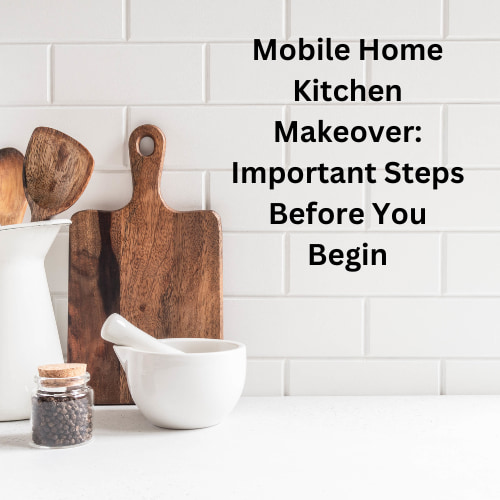Accessible Home Modifications: Creating an Inclusive Space
Are you looking for accessible home modifications? In this post, there will be several options to create a home for all ages and abilities.
This post may contain affiliate links, I earn from qualifying purchases at no extra cost to you. Click here for my disclosure policy
Welcome to the glittering world of inclusive interior design, where functionality meets fabulous, and every corner of the home whispers a tale of style and accessibility.
As designers, we often walk the tightrope between aesthetics and usability. Yet, when we dive deep into the realms of accessible design, that tightrope becomes a spacious runway, ready to showcase the latest in innovative and inclusive trends. Whether you’re a seasoned professional or a newbie with a passion for crafting spaces that speak to everyone, this guide promises to be your muse, your manual, and maybe even your midnight snack reading (because, trust me, it’s that good!).
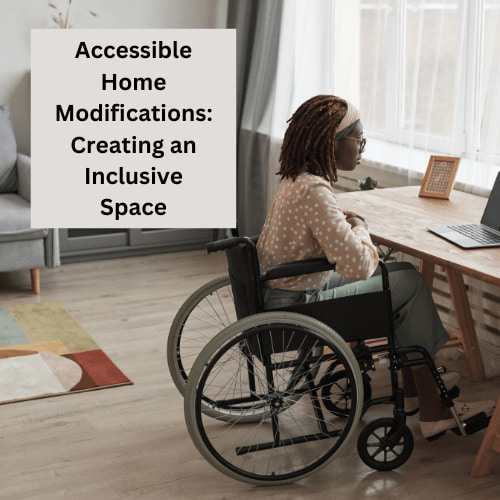
Ideas For Accessible Home Modifications
Universal Design Principles
Embracing Universal Design is like discovering the little black dress of interior decorating—it’s timeless, functional, and suitable for almost any occasion! At its core, Universal Design is all about creating spaces that are inclusive and usable by everyone, regardless of age, size, or ability. Remember that time when you tried to fit into those skinny jeans that were “one size fits most” and questioned every life choice up until that point? Universal Design is the exact opposite; it truly fits everyone. The essence lies in its proactive approach: why wait for specific needs to arise when you can anticipate them?
Now, for those who might be thinking, “Isn’t Universal Design just a fancier term for ‘accessible design’?”—well, not exactly. Accessible design often addresses specific needs, like designing for a wheelchair user. On the other hand, Universal Design takes a broader perspective, aiming to create environments that are intuitive and adaptable for everyone. Think of it as the Swiss Army knife of design philosophies, ensuring every nook and cranny of a home is as versatile as it is stylish!
Doorway and Hallway Widening
Navigating through tight doorways and narrow hallways can often feel like attempting a tricky dance move from a viral video. Except, instead of being a short-lived trend, these architectural missteps can be a daily hurdle for many. Widening doorways and hallways not only ensures that wheelchair users can move freely but also makes it easier for parents with strollers, movers with furniture and that one time you tried to sneak in the gigantic painting you “accidentally” bought on impulse. During such renovations, professional services like 1300 Rubbish can be a lifesaver, efficiently clearing out the debris and making way for your dream space.
Here’s a light-hearted way to look at it: Consider your home’s doorways as the gateways to the world (or, you know, the bathroom). Would you want a gateway that says, “Eh, maybe you can enter, but leave that chair behind”? Nope! The ideal message is, “Come on in, bring your chair, stroller, or giant potted plant!” Doorway and hallway widening isn’t just about practicality—it’s about sending a warm, welcoming invitation to every room in your home.
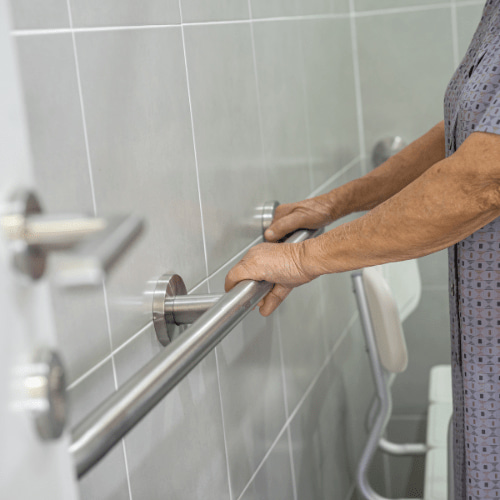
Barrier-Free Bathroom Features
Have you ever visited a bathroom and felt like you were part of a gymnastics routine, just trying to navigate the space? Twist here, jump there, limbo under that oddly placed towel rail. Barrier-free bathrooms take the “circus act” out of daily routines and add a dash of elegance and functionality. From walk-in tubs and roll-in showers to strategically placed grab bars that, believe me, can be both stylish and sturdy, the focus is on ensuring everyone can perform their ablutions without the need for a safety net or a cheering crowd.
Trust me on this, the beauty of a barrier-free bathroom is in its subtle genius. Gone are the days when “accessible” meant clinical and unattractive. With today’s design innovations, we’re talking sleek, minimalist designs that wouldn’t look out of place in a luxury spa or a five-star hotel. After all, shouldn’t everyone feel like they’re indulging in a touch of opulence when they’re freshening up?
Adaptive Kitchen Modifications
Cooking should feel like a delightful dance around the kitchen, not a slapstick comedy of errors due to hard-to-reach shelves and unmanageable counter heights. Adaptive kitchen modifications are all about tailoring this vital space to the chef—be they a culinary genius or someone whose specialty is toast. Adjustable counters, pull-down cabinets, and even toe-kick drawers (a personal favorite because, let’s face it, who doesn’t love a secret storage space?) are all part of this design revolution.
Imagine a kitchen that evolves with you, whether you’re teaching your little ones to bake, accommodating a family member with unique needs, or simply making the space friendlier for your future silver-haired self. It’s all about thinking ahead, and if that means I get to have my cake (from an easily accessible oven, mind you) and eat it too, I’m all in! Cheers to kitchens that cater to everyone, with a sprinkle of style and a generous dollop of functionality!
You might be interested in checking out our post about Design A Virtual Kitchen, What To Focus On For Your Awesome Renovation

Stair and Step Alternatives
Whoever said stairs were the only way to elevate your home’s design clearly hadn’t seen the magic of modern alternatives. Let’s face it, traditional stairs can sometimes be the equivalent of that high school bully, taunting you with their relentless vertical challenge. Enter ramps, lifts, and even stylishly incorporated elevators. Not only do these alternatives make your home accessible to everyone, but they can also be a standout design feature. Think of a beautifully crafted wooden ramp or a glass-encased lift; it’s like giving your home a touch of futuristic elegance combined with a classic flair.
Now, I must confess, I’ve always had a soft spot for those Hollywood moments where the leading character makes a grand entrance down a majestic staircase. However, let’s add some plot twists to that story, shall we? Picture this: making that grand entrance via a state-of-the-art home elevator or gracefully gliding down a chic ramp. Not only do you get the drama and the flair, but you’ve also made a statement about inclusivity and forward-thinking design. Bravo!
Non-Slip Flooring Solutions
Let’s talk about the unsung hero of home design: floors. While ceilings and walls often steal the spotlight, a good floor can make or break a space. And when I say “break”, I’m not just talking about design mishaps. Slippery floors are like those banana peels in cartoons—waiting for the perfect comedic moment to send someone flying. Non-slip flooring solutions ensure your home remains a safe haven, not a slapstick stage. From textured tiles to non-slip coatings, there are countless ways to tread safely without compromising on style.
Here’s a cheeky way I like to put it: non-slip floors are like the reliable friend who holds your hair back after a wild night out—they’ve got your back (and your front, and your sides). Whether it’s the soft embrace of cork, the rustic charm of textured wood, or the cool sophistication of slip-resistant stone, these floors are there to support you, literally. While they may not always be the center of attention, their quiet resilience and undeniable style make them the unsung MVPs of any well-designed home.
If you’re looking for some non slip flooring click here to see some options.
Enhanced Lighting and Visibility
Whoever first said “Let there be light” was clearly onto something, especially in the world of interior design. Good lighting is like the perfect filter for your home—it hides the flaws and accentuates the beauty. Yet, beyond just aesthetics, lighting plays a crucial role in ensuring safety and accessibility. Strategically placed lights can illuminate potential tripping hazards, highlight changes in floor levels, or simply make reading that page-turner at bedtime a tad easier. It’s all about creating a luminous ambiance that’s both functional and fabulous.
Take it from me, there’s nothing more satisfying than walking into a room where the lighting is just right. It’s like when your outfit, hair, and makeup miraculously align on the same day—an absolute win! Task lighting in the kitchen, ambient lighting in the living spaces, or even motion-sensor lights for those midnight snack runs can elevate a home’s design while ensuring it’s user-friendly for all. Let’s shine a light on accessibility, with every bulb, fixture, and lumens count!
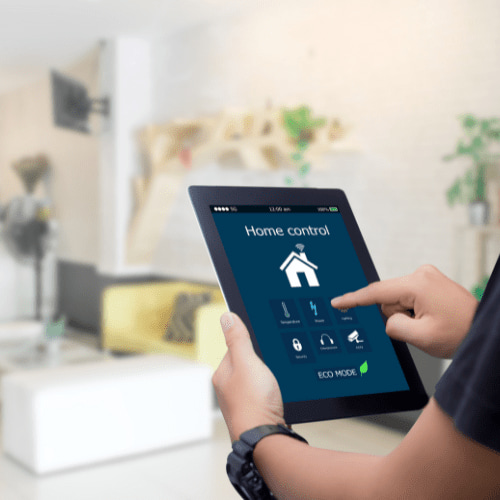
Smart Home Integrations for Accessibility
The future of home design has arrived, and it’s speaking to us—literally! With smart home integrations, commands like “turn on the lights” or “lower the blinds” are no longer the stuff of science fiction. These voice-activated and app-controlled tools are game-changers for accessibility. Imagine adjusting room temperatures without moving an inch or having doors automatically open as you approach. It’s as if your home is finally learning your dance moves and grooving right along with you.
Every time I incorporate smart tech into a design, I feel like a mix between a tech guru and a wizard. Suddenly, walls can change colors, music can fill a room, and appliances can operate with a mere voice command. While some may argue it’s just technology doing its thing, I’d like to believe it’s a touch of magic sprinkled into modern design. Embracing smart home integrations isn’t just about keeping up with the Joneses; it’s about paving the way for a world where every home listens, adapts, and caters to its inhabitants’ every whim.
If you’re looking for some smart home ideas click here to see some options.
Shop any of these stores and I receive a small commission at no cost to you.
 Nest T3016US - Programmable...Shop on Amazon
Nest T3016US - Programmable...Shop on Amazon Kasa Smart Light Bulbs, Ful...Shop on Amazon
Kasa Smart Light Bulbs, Ful...Shop on Amazon Grabber Reacher Tool, 32" G...Shop on Amazon
Grabber Reacher Tool, 32" G...Shop on Amazon EIGHTREE Smart Plug 2025 Up...Shop on Amazon
EIGHTREE Smart Plug 2025 Up...Shop on Amazon Smart Lock Front Door, SMON...Shop on Amazon
Smart Lock Front Door, SMON...Shop on Amazon
Accessible Home Modifications Q & A
How can I make my house more accessible?
Making your house more accessible involves creating an environment that accommodates individuals with diverse needs, including those with mobility challenges, disabilities, or other special requirements. Here are some steps to help make your house more accessible:
- Widen Doorways: Ensure that doorways are wide enough to accommodate wheelchairs and walkers. Standard doorways are typically around 32 inches wide, but consider widening them to at least 36 inches for better accessibility.
- Ramps and Lifts: Install ramps or vertical platform lifts to provide easy access for individuals who use wheelchairs or have difficulty with stairs. Ramps should have a gentle slope, handrails, and non-slip surfaces.
- Grab Bars and Handrails: Install grab bars and handrails in bathrooms, hallways, and along staircases to provide stability and support for those with mobility issues.
- Accessible Bathroom: Modify your bathroom to be more accessible, including installing a roll-in shower, a raised toilet seat, and a sink with knee clearance for individuals in wheelchairs.
- Lower Countertops: Lower kitchen countertops and sinks to accommodate wheelchair users. This can be done by installing adjustable or adaptable cabinets and counters.
- Lever-Style Door Handles: Replace traditional doorknobs with lever-style door handles, which are easier to operate for individuals with limited hand strength.
- Flooring: Ensure that your flooring is smooth and slip-resistant, making it easier for mobility aids like wheelchairs and walkers to move around.
- Zero-Step Entry: Create a zero-step entry into your home, or install a threshold ramp, to eliminate the need to step over a high threshold.
- Smart Home Technology: Consider incorporating smart home technology that allows for voice-activated controls and automation of various home features, such as lighting, thermostats, and door locks.
- Lighting and Visibility: Ensure that your home is well-lit, and use contrasting colors for walls, floors, and fixtures to improve visibility, which can be helpful for those with visual impairments.
- Accessible Storage: Make sure that storage spaces are easily reachable by avoiding high shelves and using pull-out drawers and shelves.
- Doorway Thresholds: If possible, remove or reduce any raised thresholds between rooms to improve access.
- Accessible Pathways: Ensure that pathways in and around your home are wide, smooth, and free from obstacles. This is particularly important for outdoor spaces like gardens and patios.
- Consult a Professional: For major modifications or renovations, consider consulting with an accessibility specialist or an occupational therapist who can provide guidance tailored to your specific needs.
- Legal Requirements: Familiarize yourself with local building codes and accessibility regulations, as they may have specific requirements for making your home more accessible.
Remember that the specific modifications you need will depend on the unique needs of individuals living in or visiting your home. It’s essential to involve the people affected by these modifications in the decision-making process to ensure that your home becomes more accommodating for everyone.
What are the types of home modifications?
Home modifications can enhance the accessibility, safety, and comfort of a living space for individuals with disabilities or mobility challenges. There are various types of home modifications that can be made, and they can be categorized as follows:
- Architectural Modifications:
- Ramps: Installing ramps to provide wheelchair access to the home’s entryways.
- Door Widening: Widening doorways to accommodate wheelchairs and other mobility aids.
- Zero-Step Entries: Creating entrances with no raised thresholds to eliminate tripping hazards.
- Stair Lifts and Elevators: Installing stair lifts or residential elevators for multi-level homes.
- Bathroom Modifications:
- Roll-In Showers: Creating curbless showers that are accessible for individuals with mobility challenges.
- Accessible Toilets: Installing raised or wall-mounted toilets with grab bars for added support.
- Accessible Sinks: Installing sinks with knee clearance to accommodate individuals in wheelchairs.
- Grab Bars: Adding grab bars in the shower, near the toilet, and by the sink.
- Kitchen Modifications:
- Lowered Countertops: Lowering countertops to accommodate wheelchair users.
- Accessible Cabinets: Installing pull-out shelves, drawers, and accessible cabinets for convenient storage.
- Appliance Modifications: Choosing appliances with front controls and user-friendly features.
- Flooring and Pathway Modifications:
- Non-Slip Flooring: Using smooth, non-slip flooring to aid mobility and reduce fall risks.
- Widened Pathways: Creating wide, unobstructed pathways throughout the home for ease of movement.
- Threshold Ramps: Installing threshold ramps for smooth transitions between rooms.
- Bedroom and Living Area Modifications:
- Adjustable Beds: Using adjustable or hospital-style beds for personalized comfort.
- Furniture Arrangement: Rearranging furniture to provide clear pathways and maximize accessibility.
- Smart Home Technology: Implementing voice-activated controls for lighting, climate, and security systems.
- Lighting and Visibility Enhancements:
- Ample Lighting: Ensuring that lighting is sufficient and well-distributed for better visibility.
- Contrasting Colors: Using high-contrast colors on walls, floors, and fixtures to aid those with visual impairments.
- Accessible Signage: Employing clear, large-print signage with high contrast.
- Safety Features:
- Smoke Alarms and Carbon Monoxide Detectors: Installing alarms with both audible and visual alerts.
- Secure Rugs: Tacking down or removing rugs to prevent tripping hazards.
- Emergency Alert Systems: Setting up emergency alert systems that can be activated in case of need.
- Outdoor Modifications:
- Exterior Ramps: Installing ramps for outdoor access.
- Accessible Gardens: Creating raised garden beds and accessible outdoor spaces.
- Accessible Entryways: Ensuring accessible pathways to gardens, patios, and other outdoor areas.
- Communication and Technology:
- Assistive Technology: Implementing technology solutions such as screen readers, speech-to-text software, and communication devices.
- Intercom and Video Systems: Installing intercoms or video calling systems to facilitate communication.
- Legal Requirements: Compliance with local building codes and accessibility regulations is essential when making modifications.
These types of home modifications aim to create a more accessible, safe, and comfortable living environment for individuals with disabilities or mobility challenges, allowing them to maintain their independence and enjoy a higher quality of life. The specific modifications required will depend on the individual’s needs and the characteristics of their home. Consulting with accessibility experts or occupational therapists can help tailor these modifications to individual requirements.
What are examples of disability friendly solutions?
Creating a disability-friendly environment involves implementing various solutions to accommodate individuals with disabilities and make spaces more accessible and inclusive. Here are some examples of disability-friendly solutions:
- Ramps and Lifts:
- Installing ramps with gentle slopes to provide wheelchair accessibility.
- Vertical platform lifts for elevated access in homes or buildings.
- Grab Bars and Handrails:
- Installing grab bars in bathrooms and along staircases to provide support and stability.
- Handrails on both sides of staircases and ramps.
- Accessible Bathrooms:
- Roll-in showers with no curbs for easy wheelchair access.
- Raised or wall-mounted toilets with grab bars.
- Sinks with knee clearance for wheelchair users.
- Elevators:
- Installing home elevators for multi-story buildings.
- Elevators in public spaces to ensure accessibility.
- Doorway Modifications:
- Widening doorways to accommodate wheelchairs.
- Lever-style door handles for easier operation.
- Accessible Kitchen:
- Lowered countertops and sinks for wheelchair users.
- Pull-out or adjustable shelves and drawers in cabinets for easy access.
- Flooring and Pathways:
- Smooth, non-slip flooring to aid mobility.
- Wide, obstacle-free pathways within the home.
- Zero-Step Entries:
- Creating zero-step entryways to eliminate the need to step over thresholds.
- Threshold ramps for smoother transitions.
- Smart Home Technology:
- Voice-activated controls for lights, thermostats, and other home systems.
- Automated door locks and security systems.
- Lift Chairs and Adjustable Beds:
- Lift chairs to assist individuals with mobility issues in sitting and standing.
- Adjustable beds for personalized comfort and ease of use.
- Visual and Auditory Aids:
- Braille labels and tactile signage for individuals with visual impairments.
- Audio alerts and signals for those with hearing impairments.
- Text-to-Speech and Speech-to-Text Technology:
- Software and devices that convert text to speech and vice versa to aid communication.
- Accessible Vehicles:
- Modified vehicles with ramps, wheelchair lifts, and hand controls for driving.
- Vehicle lifts for transporting mobility aids.
- Emergency Evacuation Plans:
- Developing and communicating accessible emergency evacuation plans for individuals with disabilities.
- Service Animals:
- Allowing and accommodating service animals in public spaces and establishments.
- Accessible Signage:
- Using clear and large-print signage with high contrast for improved visibility.
- Public Transportation Accessibility:
- Accessible bus and train systems with ramps, lifts, and designated spaces for wheelchairs.
- Audio and visual announcements for passengers with disabilities.
- Accessible Websites and Apps:
- Designing websites and mobile apps with features like screen readers, alt text for images, and keyboard navigation for individuals with visual or motor impairments.
- Accessible Restrooms:
- Installing accessible restrooms in public places with features like widened stalls, grab bars, and lowered sinks.
- Job Accommodations:
- Workplace accommodations such as ergonomic office furniture, screen readers, and flexible work schedules to accommodate employees with disabilities.
These solutions can significantly enhance the quality of life for individuals with disabilities and promote inclusivity in various settings, from homes to public spaces and workplaces. It’s important to consult with individuals with disabilities and accessibility experts to tailor solutions to specific needs and regulations.
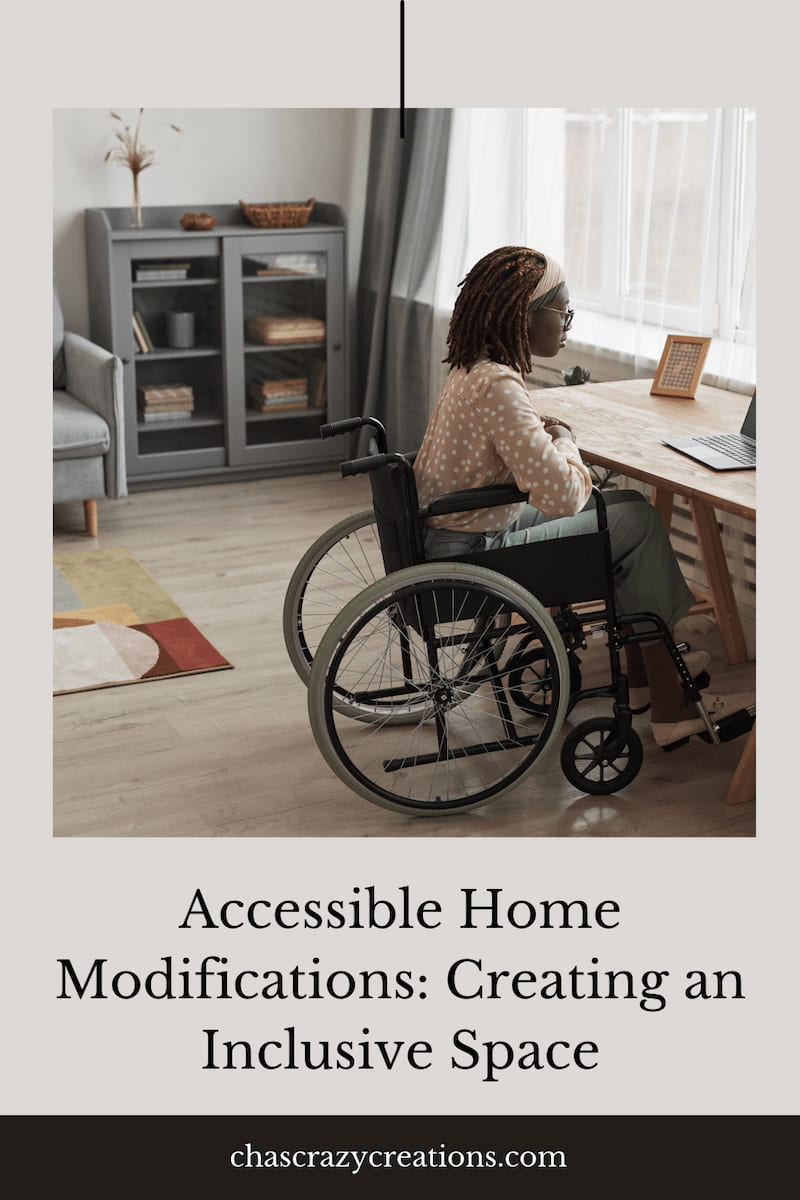
More on Accessible Home Modifications
Accessible home modifications play a crucial role in enhancing the quality of life for many homeowners, especially those facing mobility challenges. Under the Americans with Disabilities Act (ADA), individuals with disabilities are entitled to reasonable accommodations, including accessibility modifications to their residence. These modifications go beyond mere repairs; they transform a house into a supportive and inclusive home environment.
Wider doorways and wheelchair ramps at the front door are among the key accessibility modifications that allow homeowners with limited mobility to move freely within their homes. Lever handles on doors and easy-to-reach light switches further improve home access. These modifications, while valuable, may come with associated costs. Homeowners can explore options like home equity loans or grant programs through the Department of Housing and Urban Development to secure the necessary resources for their projects.
For veterans with disabilities, the VA offers additional support through the Supportive Housing program, which can further ease the financial burden of accessibility modifications. Whether you live in a bustling urban neighborhood or a quiet rural area, accessible home modifications help create an environment that adheres to the principles of the Fair Housing Act, ensuring that all homeowners, regardless of their physical abilities, can enjoy their residence to the fullest. Landlords can also play a crucial role in implementing these modifications, providing a sense of safety and independence for their tenants with disabilities.
Accessible home modifications supported by various resources, grant programs, and government acts are essential for homeowners with limited mobility. These modifications, including wider doorways, wheelchair ramps, lever handles, and optimized light switches, help transform houses into accessible and inclusive homes. Through initiatives like the Supportive Housing program for veterans and the Fair Housing Act, we strive to create residences that offer comfort and independence, regardless of physical abilities.
As we wrap up this journey through the universe of inclusive design, one thing is clear: accessibility doesn’t mean compromising on style; it means elevating it. With every widened doorway or smart tech integration, we’re not just creating spaces; we’re crafting experiences, building environments that resonate with inclusivity and ooze charm. It’s about ensuring that every individual, regardless of age or ability, feels at home in, well, their home. So, armed with these insights and a sprinkle of creativity, let’s set forth and design homes that aren’t just structures but stories, not just dwellings but dreams come alive. Here’s to making every corner count, every light shine brighter, and every home a haven for all. Cheers to the art of accessible elegance!


